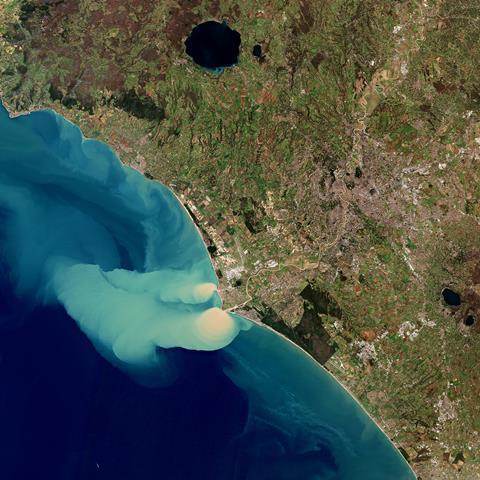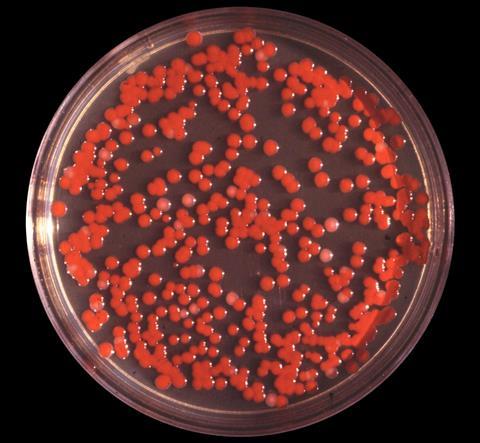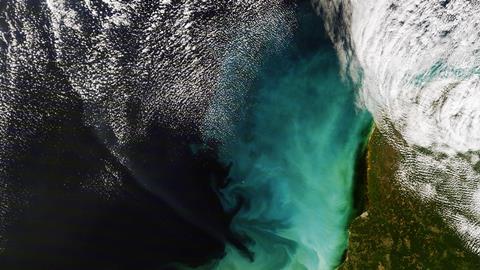Over 100 years ago, Felix d’Herelle and Frederick Twort independently discovered bacteriophage. This great discovery led to the development of molecular biology, a field of science in which phage have featured heavily over the years. However, these viruses are much more than just molecular workhorses.
Recent advances in technology and culturing methods have led to the belief that phage are the most abundant biological system worldwide. With an estimated population of over 1030 phage particles, we are only now finally beginning to uncover the important and multifarious roles these viruses play in ecosystems worldwide.
Under the sea
Marine phage, and their role in the upkeep of our oceans, is an area of phage research that has blossomed in recent years. It is easy to see why such viruses excite scientists, when just one millilitre of seawater contains up to 10 million phages. Marine phage infect and multiply within ocean-dwelling and sedimental bacteria; up to a staggering 80% of bacteria living in ocean sediments are killed by these phage. Organic matter is released by the dead bacteria into the ocean environment, where it is reused and recycled by other organisms. The ‘viral shunt’, as this process is known, is believed to help fuel the carbon, nitrogen and phosphorus cycles in the oceans. Without the actions of marine phage, the richly nutritious environment of the ocean would suffer.

Down to earth
Another ecosystem where phage dominate is in the soil. These viruses are less well-characterised than their marine counterparts, as they have proved more difficult to culture in the lab. Soil is an integral part of the environment for obvious reasons, providing numerous different ecological niches, supporting numerous biogeochemical cycles and proving essential for the agricultural industry. Studies using the soil-based bacteria Serratia and Pseudomonas spp. revealed that around 5% of these soil-dwelling bacteria are infected with phage at any one time. Current estimates of phage abundance place the number at around one billion per gram. Like their role in the ocean biosphere, these phage help to free up organic matter within the earth. Again, these nutrients are recycled and used by other organisms, helping other microorganisms and plants to thrive in nutritionally limited environments.

Molecular manipulators
Not only do phage shape the population of bacteria and influence nutrient availability, but they also change the genetic make-up of their hosts. Phage can transfer parts of their DNA to host bacteria, with horizontal gene transfer (HGT) being the most widely spread form of genetic manipulation. Under optimal laboratory conditions, transduction occurs once in every 108 phage infections. When this figure is extrapolated upwards to account for the global marine population of bacteria, transduction occurs 20 million billion times per second in the oceans. In reality, this number is likely lower due to differences in environmental conditions and decreased transduction efficiency in different marine environments. Nevertheless, HGT is still a hugely important and prevalent process. HGT can influence the spread of antibiotic resistance genes, turning non-pathogenic environmental isolates into disease-causing ones. This is documented in many bacterial species including Escherichia coli, Salmonella spp. and Vibrio cholerae. In fact, the major virulence factor responsible for production of the cholera toxin in V. cholerae is encoded by a phage known as CTXφ. The CTXφ phage carries and donates the gene which converts non-pathogenic V. cholerae into the pathogenic strain with the potential to cause devastating disease.

Source: Professor Graham Beards, CC BY-SA 3.0, via Wikimedia Commons
Transmission electron micrograph image of bacteriophages attaching to a bacterial cell
Are bacteriophage the future?
Over one century since their discovery, phage have been recognised to be hugely important for both ecology and biotechnology. The future for phage looks promising, with ever new and more exciting research emerging, exploring their potential uses in the environment. They could become powerful biocontrol agents for diseases that affect much-needed crops. Plant diseases such as blight, bacterial wilt and potato tuber soft rot could be both prevented and treated by these phage, this being one area of agricultural research where phage will look to make a massive impact. The use of phage as a biocontrol agent is an attractive idea, especially compared with chemical methods, as phage treatments can be tailor-made to specifically combat the disease. In addition to being used in human medicine to tackle diseases caused by antibiotic-resistant bacteria, phage could be used to further prevent the spread of antimicrobial resistance by replacing antibiotics as growth promoters given to animals in the agricultural industry.
Contains modified Copernicus Sentinel data {{{year}}}, CC BY-SA 3.0 IGO, via Wikimedia Commons









No comments yet